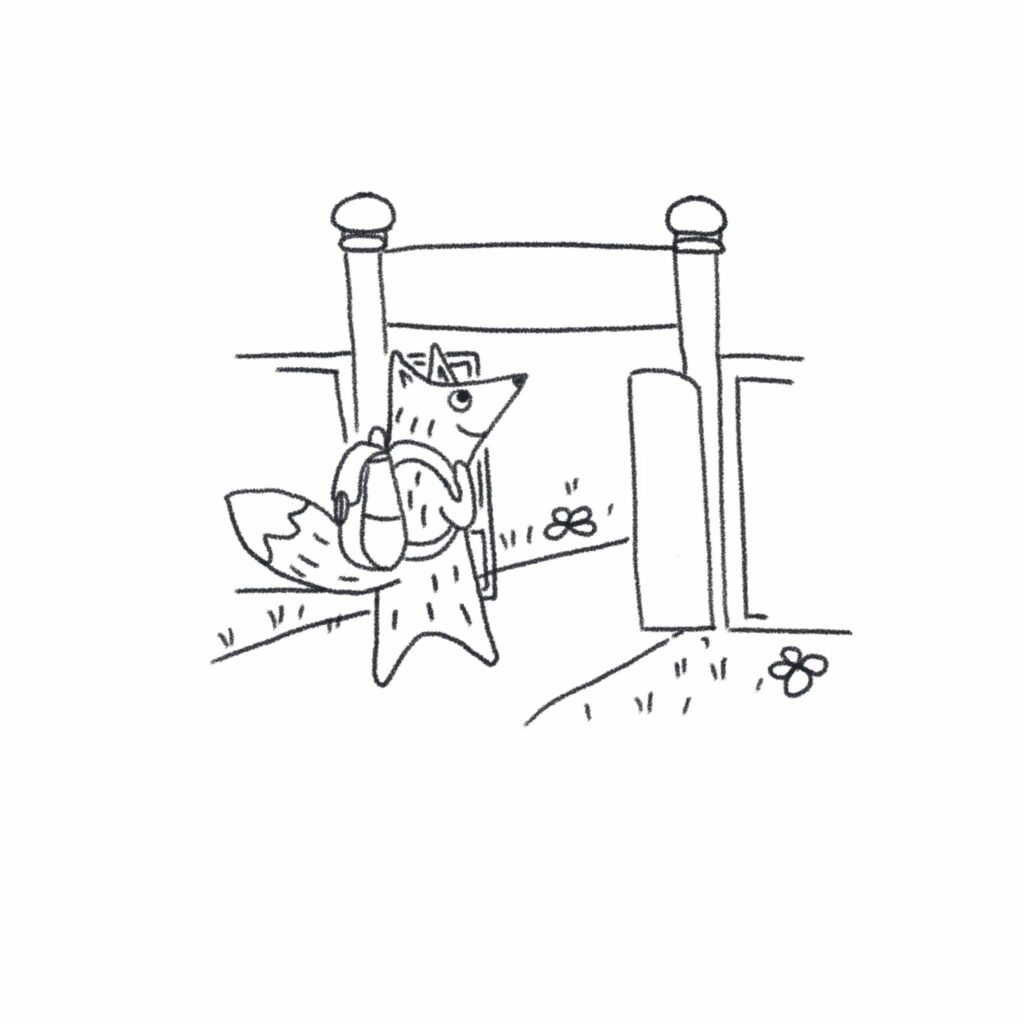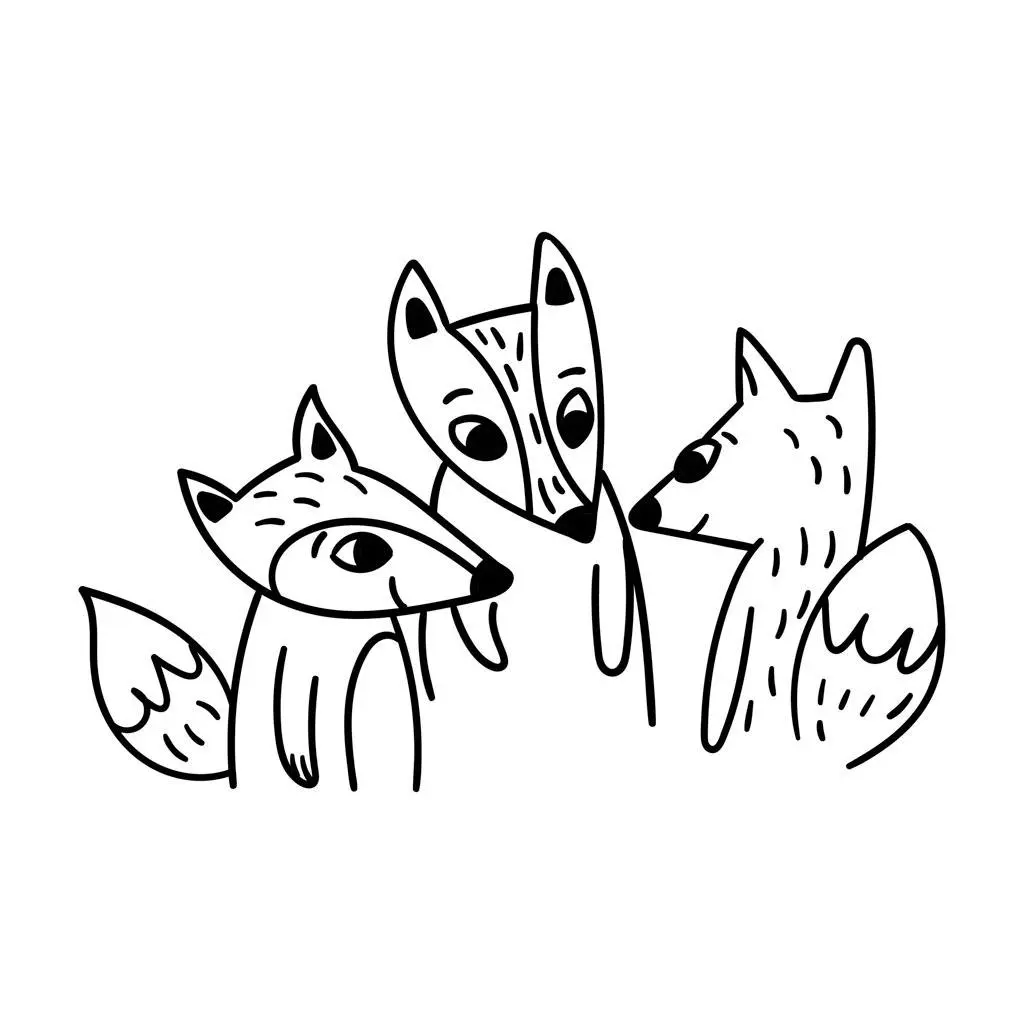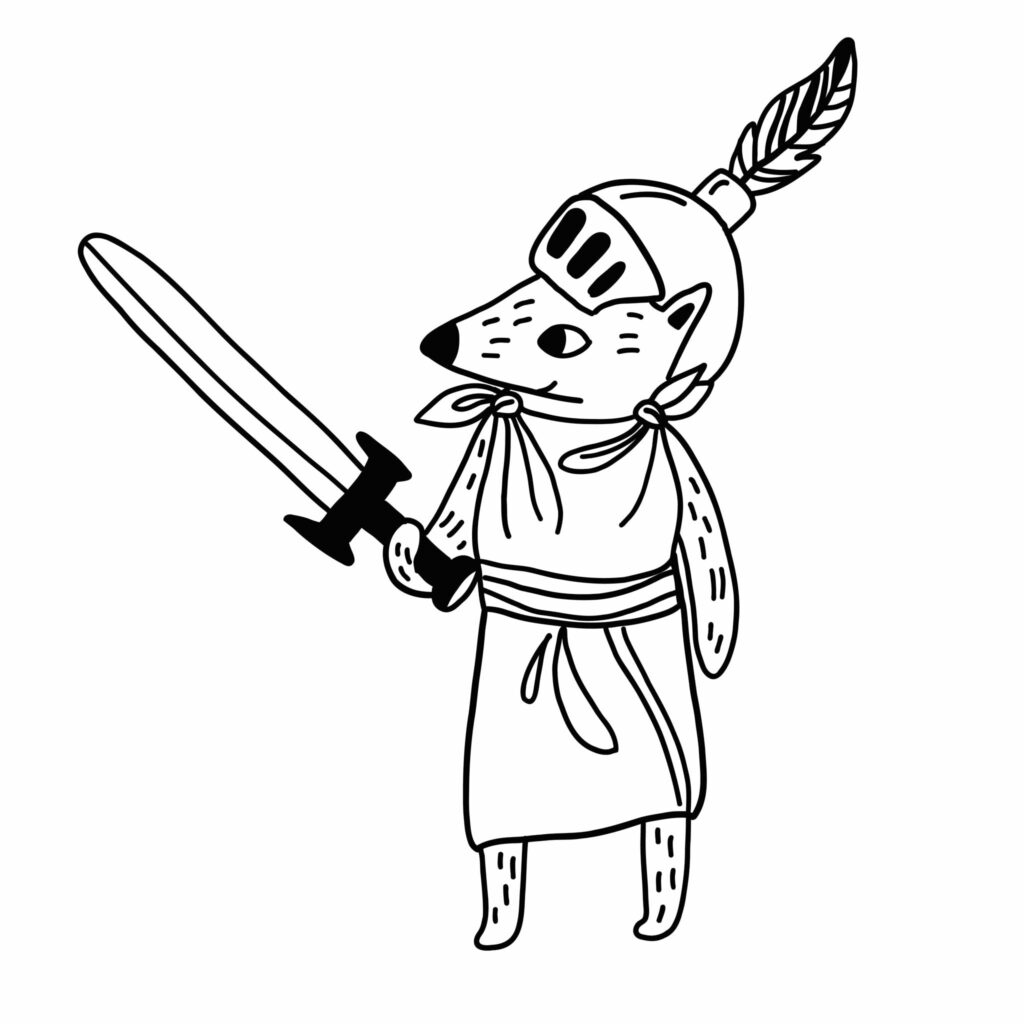Children using real tools is a nerve-wracking prospect for parents. But there are some very real benefits for children in using these seemingly hazardous items, not only in the practical sense, but also in terms of self-esteem, confidence and other characteristics, such as perseverance.
As grown-ups, we automatically expect the worst – give a child a sharp knife, and they are bound to cut themselves; give them a hammer, and they will swing it at another child or drop it on their toe. We expect them to fail, either in responsibility or ability. And we protect them from what we anticipate they may do, instead of giving them a chance to show us – and themselves – what they actually can do.

When they are trusted with tools, as well as bolstering their self-confidence they also develop motor skills, concentration and understanding of the material world. You don’t truly understand why a hammer has to be heavy until you’ve swung its weight onto a nail. And it’s only through sawing a piece of wood that you feel the resistance against the saw teeth, seeing, smelling and feeling the sawdust that’s produced.
There’s a rule in storytelling that it’s always better to show than tell, and the same is true in teaching – children will always learn better when they experience first hand.
Understandably, many parents feel nervous about giving children even a pair of scissors, so will be doubly concerned about a bow saw or a drill.
So how do we protect our children from harm but still given them the freedom to grow and learn? Taking it slowly helps. I introduce my kids to real tools one at a time, letting them examine and get to know the tool before we start work. We talk about what the tool is for, and which parts are therefore sharp or pointed or heavy. We practice holding it safely, and talk about where we use it, and how to carry it. We’ll establish the rules and make absolutely sure they know and understand them.
When we start using the tools, we do so seriously. I make sure the children know what we’re doing, what we’re using, and what the safety rules are. If they’re getting to know a tool, the tasks will be simple. Instead of an end product (they’re not going to start off by building their own canoe!), the purpose will be to explore what the tool can do. If it’s a hammer, we use a block of wood and a pile of nails. If it’s a saw, we saw sticks or blocks of various sizes and densities, plus clamps to hold them in place.
Of course, these are experiences to be had under supervision, and at a time when
children are not tired, hungry or overexcited. With very young children, I find that short sessions work best – concentrating for long periods of time is tiring for anyone, and a skill that children need to develop.
It also helps that the tools are sized appropriately so that children aren’t struggling with something too big, heavy or unwieldy for them to manage. But I’m proud to say that my three-year-old daughter is a confident and responsible driller of holes. She can safely use a saw to cut, and has used carving tools to make patterns. She may need reminding of the rules – constant reinforcement is par for the course – but she does understand and follow them.
Learning to use real tools gives children immense pride and satisfaction. They know they’re being trusted with grown-up responsibilities, and I’ve yet to see a child not rise to the challenge. As parents, we can share in their sense of accomplishment knowing that, by allowing them to take these risks, we are expecting them to succeed rather than assuming they will fail.
By Rochelle Talary
Instagram – @rhubarbandwren
E-mail: rochelletalary@gmail.com







